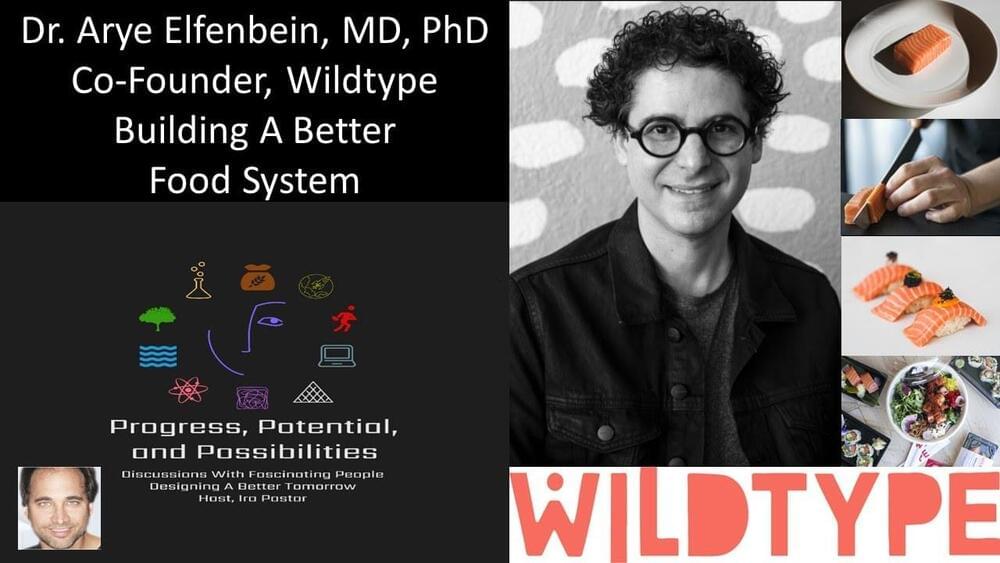Aug 4, 2022
Genetically modified ‘shortcut’ boosts plant growth
Posted by Quinn Sena in categories: food, genetics
Circa 2019
Scientists overcome a natural restriction in plants that could boost yields from important food crops.
Circa 2019
Scientists overcome a natural restriction in plants that could boost yields from important food crops.
According to recent research, pig farming’s extensive use of antibiotics has likely contributed to the emergence of a highly antibiotic-resistant strain of the superbug MRSA, or methicillin-resistant Staphylococcus aureus, in livestock during the last 50 years.
Over the last fifty years, the strain, known as CC398, has overtaken other MRSA strains in animals across Europe. It is also a rising source of MRSA infections in humans.
According to the study, CC398 has remained resistant to antibiotics in pigs and other animals for many years. Furthermore, it can quickly adapt to human hosts while still preserving its antibiotic resistance.
Practical and glamorous, aluminium is prized for making products from kitchen foil and beverage cans to Tesla Roadsters and aircraft. But the silvery metal—abundant, cheap, lightweight, and corrosion resistant—has a dark side: red mud. This brownish red slurry, a caustic mishmash of metal-and silicon-rich oxides, often with a dash of radioactive and rare earth elements, is what’s left after aluminum is extracted from ore. And it is piling up. Globally, some 3 billion tons of red mud are now stored in massive waste ponds or dried mounds, making it one of the most abundant industrial wastes on the planet. Aluminum plants generate an additional 150 million tons each year.
Red mud has become trouble looking for a place to happen. In 2010, an earthen dam at one waste pond in Hungary gave way, unleashing a 2-meter-high wall of red mud that buried the town of Ajka, killing 10 people and giving 150 severe chemical burns. (See more on the dangers posed by waste dams.) Even when red mud remains contained, its extreme alkalinity can leach out, poison groundwater, and contaminate nearby rivers and ecosystems. Such liabilities, as well as growing regulatory pressure on industry to develop sustainable practices, have catalyzed global efforts to find ways to recycle and reuse red mud. Some researchers are developing ways to extract the valuable rare earth metals, whereas others turn the mud into cement or bricks.
“There is hope here,” says Yiannis Pontikes, a mechanical engineer at KU Leuven. But economic and marketing hurdles remain, and “the clock is ticking” as regulators consider new controls, says Efthymios Balomenos, a metallurgical engineer at the National Technical University of Athens. “At some point we will not be able to produce waste. So, there is an urgent need to make changes.”
Under the state budget passed last week, Pennsylvania’s conservation programs will receive a one-time, pandemic-related federal booster shot of $765 million for state parks, forests, streams, open space, farms, and home energy efficiency — an amount one environmental advocate called “generational.”
The funding means three new state parks, one possibly in the Philadelphia region, as well as a new ATV park, though locations haven’t been announced. The money, which is in addition to regular yearly budget funding, comes from the American Rescue Plan Act (ARPA), a $1.9 trillion federal economic stimulus bill signed by President Joe Biden last year as part of COVID-19 relief.
The ARPA funds, combined with an additional $56 million from the state’s Oil and Gas Lease Fund, and a $12 billion state surplus, mean that agencies routinely faced with declining or stagnant spending plans are suddenly getting a big lift.
A research group from the Graduate School of Informatics, Nagoya University, has taken a big step towards creating a neural network with metamemory through a computer-based evolution experiment. Their paper appears in Scientific Reports.
In recent years, there has been rapid progress in designing artificial intelligence technology using neural networks that imitate brain circuits. One goal of this field of research is understanding the evolution of metamemory to use it to create artificial intelligence with a human-like mind.
Metamemory is the process by which we ask ourselves whether we remember what we had for dinner yesterday and then use that memory to decide whether to eat something different tonight. While this may seem like a simple question, answering it involves a complex process. Metamemory is important because it involves a person having knowledge of their own memory capabilities and adjusting their behavior accordingly.
A novel bioremediation technology for cleaning up per-and polyfluoroalkyl substances, or PFAS, chemical pollutants that threaten human health and ecosystem sustainability, has been developed by Texas A&M AgriLife researchers. The material has potential for commercial application for disposing of PFAS, also known as “forever chemicals.”
Published July 28 in Nature Communications, the research was a collaboration of Susie Dai, Ph.D., associate professor in the Texas A&M Department of Plant Pathology and Microbiology, and Joshua Yuan, Ph.D., chair and professor in Washington University in St. Louis Department of Energy, Environmental and Chemical Engineering, formerly with the Texas A&M Department of Plant Pathology and Microbiology.
Removing PFAS contamination is a challenge
Continue reading “New bioremediation material can clean ‘forever chemicals’” »

Dr. Arye Elfenbein, MD, PhD, is the Co-Founder of Wildtype (https://www.wildtypefoods.com/), a biotechnology company which produces cultured seafood (with a focus on cultivated Pacific salmon) from fish cells, sustainably and cost effectively, with the nutritional benefits, but without common contaminants such as mercury, microplastics, antibiotics, or pesticides, and without relying on commercial fishing or fish farming.
Born in Israel and raised in Australia, Dr. Elfenbein combines his deep passion for medicine and unique childhood connection to the ocean to fuel Wildtype’s health and environmental mission.
A bio-inspired detector the size of a US penny can identify the unique odor profiles of different gases, something that could help in detecting food freshness and product counterfeits and in designing new cosmetics.

Use code HISTORY16 for up to 16 FREE MEALS + 3 Surprise Gifts across 7 HelloFresh boxes plus free shipping at https://bit.ly/3Rkknac!
If you like this video, check out writer Geraint Lewis´ excellent book, co-written with Chris Ferrie:
Where Did the Universe Come From? And Other Cosmic Questions: Our Universe, from the Quantum to the Cosmos.
To boost economic activity and food output, China’s ambitious project takes off and might take a decade or more to be completed.